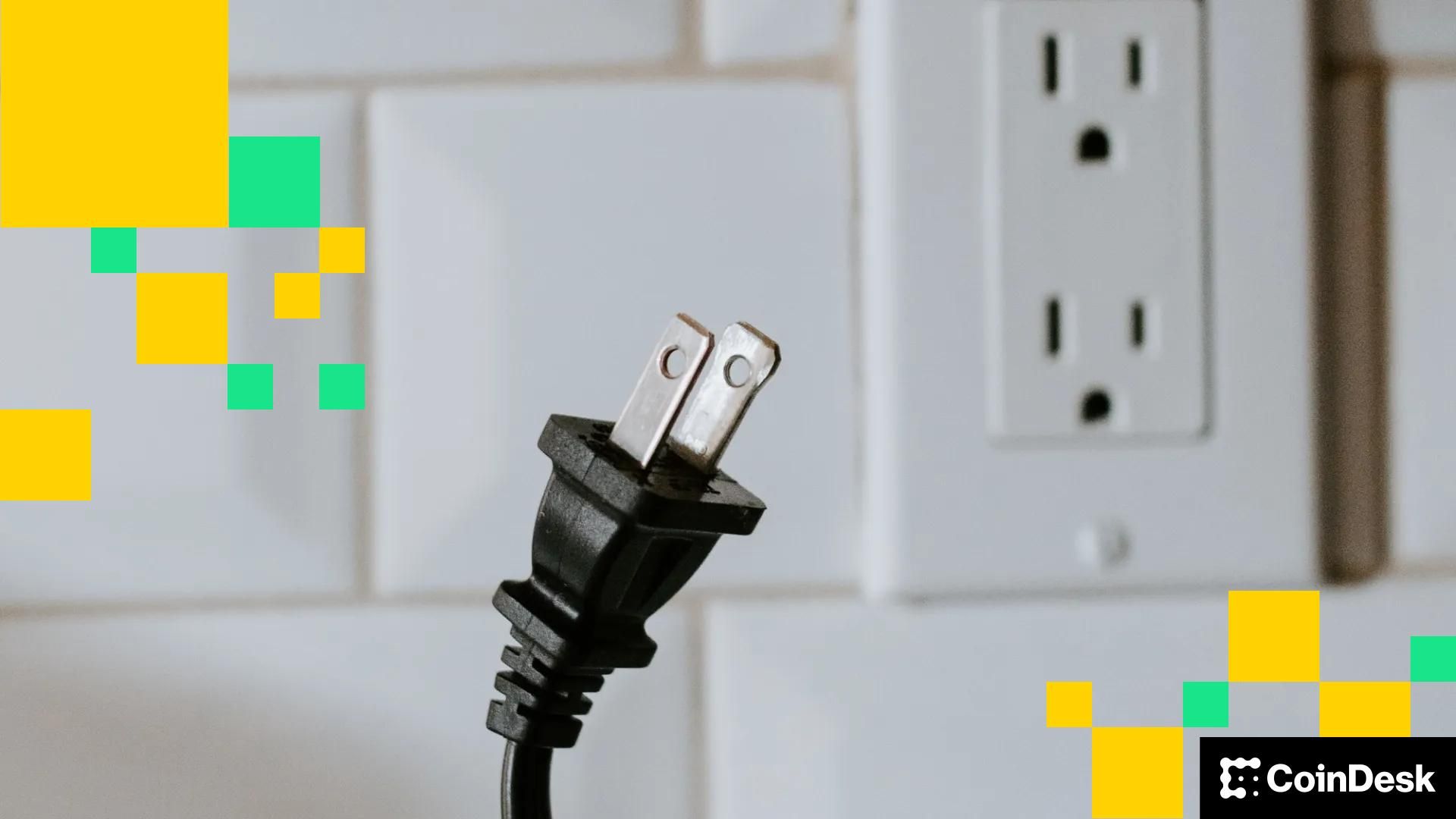“Some in the crypto world have called for DePIN to be more widely adopted to combat internet outage issues.”, — write: www.coindesk.com
Several large centralized crypto services rely on Cloudflare to help with heavy traffic. BitMEX faced an outage while there was also significant downtime for Telegram-linked blockchain Toncoin. But the outage spread beyond crypto, with platforms like X or ChatGPT also going down, thus affecting millions of people.
This episode comes just weeks after Amazon Web Services (AWS) had an outage that took down access to major blockchains like Coinbase’s Base chain as well as Infura which powers a lot of blockchains.
Tuesday’s outage reignited the conversation around the need to decentralize infrastructure to keep the internet running.
“Today’s Cloudflare outage shows how vulnerable the digital economy has become. When a single upstream provider experiences issues, the impact doesn’t stay contained; it cascades across industries, touching everything from social media platforms to e-commerce checkouts and backend payment services,” said Fadl Mantash, Chief Information Security Officer at Tribe payments, in an email to CoinDesk.
“Payments are particularly exposed. The infrastructure behind a single transaction relies on a chain of cloud platforms, processors, third-party APIs, authentication tools, and card schemes. When any link in that chain fails, the entire journey can break,” Mantash added.
Some in the crypto world have called for DePIN to be more widely adopted to combat such issues. DePIN, or Decentralized Physical Infrastructure Networks, uses blockchain incentives to coordinate and reward people for building and maintaining real-world infrastructure. This can be anything from wireless networks, to sensors, to energy systems, the purpose is not to rely on a central company. Users thus contribute hardware or services and earn tokens in return, creating an open, community-run infrastructure layer.
One of those leaders pushing that is the CEO of Gaimin, a DePIN project focused on distributing cloud infrastructure. Nökkvi Dan Ellidason said: “We must move to a truly distributed cloud model. By harnessing existing globally dispersed resources like underutilized PCs, Gaimin is building a network where capacity is spread across regions and continents, making it difficult for a single error to take down the whole global system.”
“This is the only way to safeguard the digital economy against the inevitable fragility of centralization,” Dan Ellidason added.
Read more: Cloudflare Global Outage Spreads to Crypto; Multiple Front Ends Down

- As of October 2025, GoPlus has generated $4.7M in total revenue across its product lines. The GoPlus App is the primary revenue driver, contributing $2.5M (approx. 53%), followed by the SafeToken Protocol at $1.7M.
- GoPlus Intelligence’s Token Security API averaged 717 million monthly calls year-to-date in 2025, with a peak of nearly 1 billion calls in February 2025. Total blockchain-level requests, including transaction simulations, averaged an additional 350 million per month.
- Since its January 2025 launch, the $GPS token has registered over $5B in total spot volume and $10B in derivatives volume in 2025. Monthly spot volume peaked in March 2025 at over $1.1B, while derivatives volume peaked the same month at over $4B.
View Full Report
 The new proposal, which 59.38% of the community approved, charts a course to raise the buy-back allocation up from 25% of net protocol fees.
The new proposal, which 59.38% of the community approved, charts a course to raise the buy-back allocation up from 25% of net protocol fees.
- The dYdX community voted in favor of an updated buy-backs program on its governance forum on Thursday.
- Under earlier governance, 25% of net protocol revenue was allocated to repurchasing DYDX on the open market and then staking the tokens.
- The new proposal #313, which 59.38% of the community approved, charts a course to raise the buy-back allocation up to 75% of net protocol fees.
Read full story
